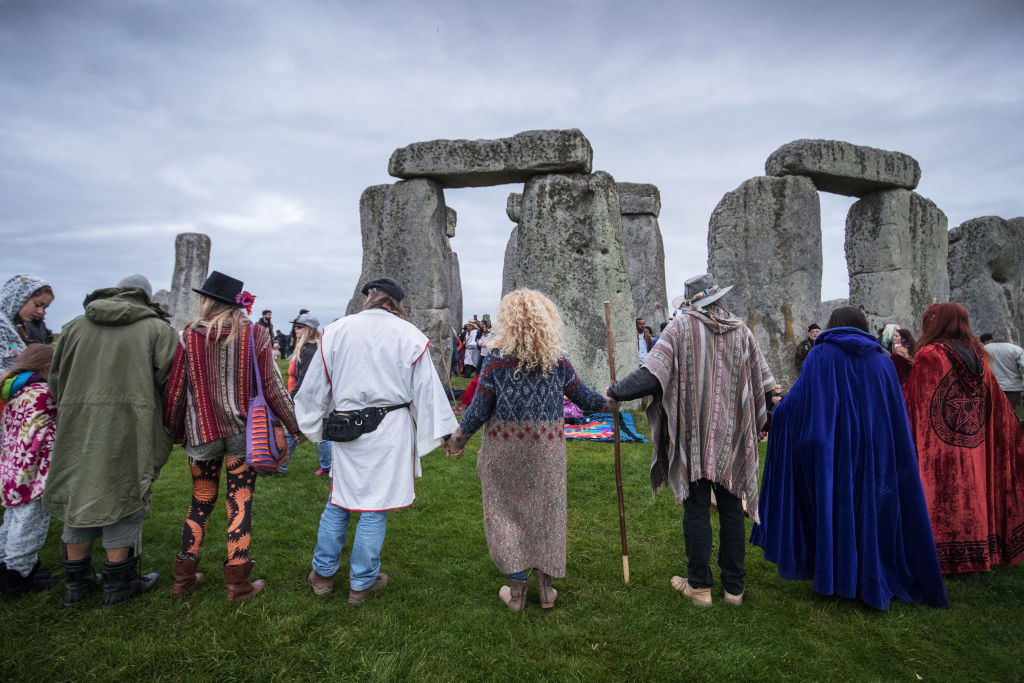So Stonehenge was built for the communal fun of it. Maybe. Some archaeologists now wonder whether the main point of the monumental erection was the mass participation involved in getting it up. There were years of feasting and frolicking at the site’s construction, as well as lots of head scratching and mansplaining about whether wax-treated rope could produce maximum torque with minimal tension, or something. It was a cross between Glastonbury and Homebase.
Or maybe this theory says more about us than about our oldest public art work. We have a vague awareness that this is what we lack as a culture: a sense of communal religious purpose. We sense that the fullest creativity and social joy comes from doing something together that feels necessary and important, rather than just seeking personal bourgeois thrills. We get glimpses of this at Christmas and Halloween when we happily waste hours on decorations and costumes, and occasional public events to do with royalty or sport or public protest might produce the same obscure joy.

Britain’s best politics newsletters
You get two free articles each week when you sign up to The Spectator’s emails.
Already a subscriber? Log in







Comments
Join the debate for just £1 a month
Be part of the conversation with other Spectator readers by getting your first three months for £3.
UNLOCK ACCESS Just £1 a monthAlready a subscriber? Log in